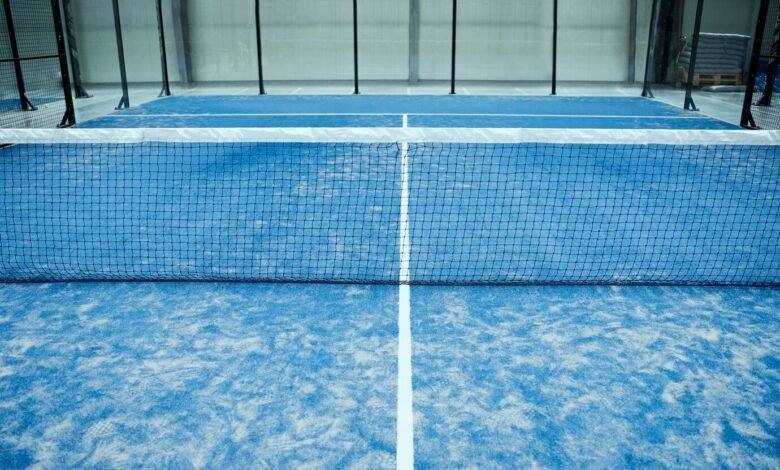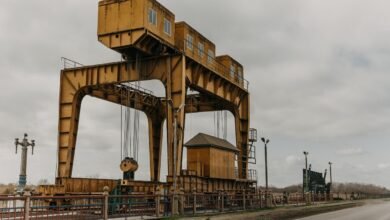Tennis Courts: A Comprehensive Guide

Introduction
Tennis courts are the foundation of the sport, providing players with the perfect surface to showcase their skills, agility, and strategy. Whether you’re a beginner or a professional, understanding the different types of tennis courts, their surfaces, and maintenance requirements can significantly impact your game. From the fast-paced hard courts to the traditional clay and the prestigious grass courts, each surface offers a unique playing experience. In this article, we will explore the various types of tennis courts, their characteristics, and what makes each one special.
1. Types of Tennis Court Surfaces
Tennis courts come in different surfaces, each affecting the speed, bounce, and style of play. The three primary types are hard courts, clay courts, and grass courts, with synthetic and indoor variations also available. Hard courts, made of asphalt or acrylic, provide a consistent bounce and medium-fast gameplay, making them popular in professional tournaments like the US Open and Australian Open. Clay courts, composed of crushed brick or shale, slow down the ball and produce a high bounce, favoring baseline players with strong endurance, as seen in the French Open. Grass courts, the fastest surface, offer low bounce and quick points, requiring players to adapt their strategies, famously used in Wimbledon. Each surface demands different techniques, footwear, and maintenance, influencing how the game is played at various levels.
2. Construction and Materials Used in Tennis Courts
Building a tennis court requires careful planning, proper materials, and expert construction to ensure durability and performance. Hard courts typically consist of a concrete or asphalt base layered with an acrylic coating, providing a smooth yet slightly cushioned surface. Clay courts are made from natural or synthetic materials, requiring regular rolling and watering to maintain consistency. Grass courts demand the highest maintenance, needing frequent mowing, irrigation, and reseeding to keep the surface playable. Additionally, indoor tennis courts often use synthetic carpets or modular tiles to replicate outdoor conditions while protecting players from weather disruptions. The choice of materials impacts not only the playing experience but also the long-term maintenance costs and usability of the court.
3. Maintenance and Care for Tennis Courts
Proper maintenance is essential to preserve the quality and longevity of a tennis court. Hard courts need occasional power washing, crack sealing, and repainting of lines to prevent wear and tear. Clay courts require daily brushing, watering, and rolling to maintain an even surface, as well as periodic replenishment of the top layer. Grass courts demand the most attention, with regular mowing, aeration, pest control, and seasonal reseeding to keep the turf in optimal condition. Neglecting maintenance can lead to uneven bounces, slippery surfaces, or even permanent damage, affecting both gameplay and safety. Whether for private use or professional tournaments, a well-maintained court ensures better performance and reduces injury risks for players.
4. Choosing the Right Tennis Court for Your Needs
Selecting the ideal tennis court depends on factors such as playing style, budget, climate, and available space. Players who prefer fast, aggressive games may favor hard or grass courts, while those who enjoy long rallies might opt for clay. Homeowners considering a backyard court should evaluate installation costs, maintenance efforts, and weather resistance—hard courts are durable and low-maintenance, whereas clay and grass require more upkeep. For clubs and academies, investing in multiple court types can cater to different training needs. Additionally, indoor courts provide year-round playability, making them a great choice for regions with extreme weather. Understanding these factors helps in making an informed decision that enhances the playing experience.
5. Famous Tennis Courts Around the World
Some tennis courts have gained legendary status due to their history, prestige, and the iconic matches played on them. Centre Court at Wimbledon is the most famous grass court, hosting historic moments in tennis since 1877. Roland Garros’ Philippe-Chatrier Court is the premier clay court, known for its challenging slow surface and dramatic French Open battles. The Arthur Ashe Stadium in New York, the largest tennis-specific stadium, features a hard court and hosts the thrilling US Open finals. Other notable courts include Rod Laver Arena in Melbourne and the Monte Carlo Country Club’s clay courts, each contributing to the sport’s rich legacy. These venues not only showcase top-tier tennis but also inspire players and fans worldwide.
Conclusion
Tennis courts are more than just playing surfaces—they shape the way the game is played, influence player strategies, and carry historical significance. Whether you’re constructing a court, maintaining one, or simply enjoying a match, understanding the differences between hard, clay, and grass courts can deepen your appreciation for the sport. From backyard installations to world-famous stadiums, each court type offers a unique experience that caters to different playing styles and preferences. By choosing the right surface and maintaining it properly, players can ensure optimal performance and longevity, keeping the spirit of tennis alive for generations to come.




